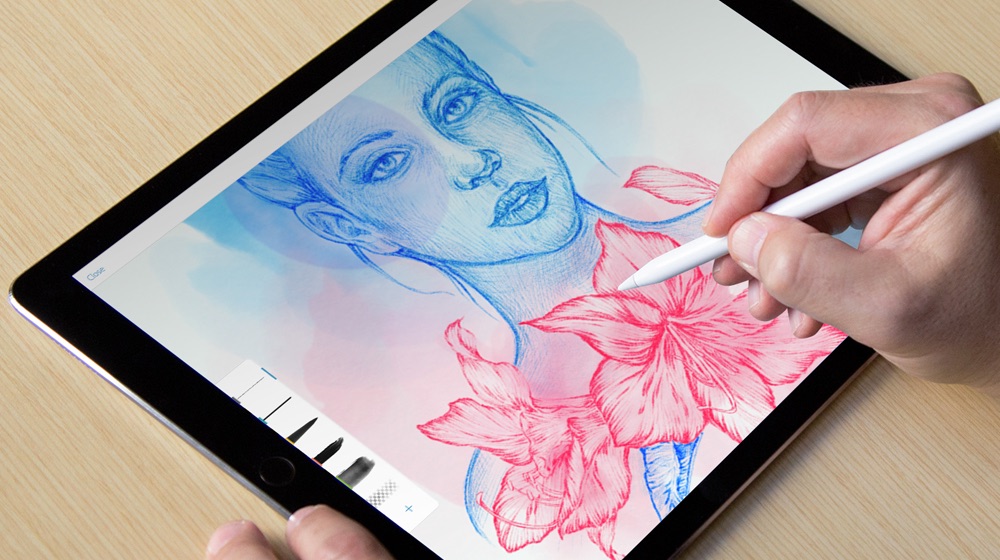
Quick summary/highlights in case the link goes down: ilovetypography have a great two-part article on that. Then ask them here :-)Įdit: Just realised this article lacks pointers on where to start with the practical side of making fonts and experimenting.

Also, because it's a skill like any other, have a go at doing it and learn by trying and making mistakes.ĭoing this will give you loads more very specific, focussed questions about font design. With it's long history and centuries of trial and error, typography is about as close to a refined science as there is in design. The answer to the question where to start with font design has to be to research the principles of typography. But making quality fonts is hard, so treat these as sketches, trial and error and experimentation at first. It's not a bad idea to experiment with font design while getting stuck in on the basics of typography - it can do no harm and it's always a good idea to come up with ideas while niave, then get educated, then look back at them and see what you make of them. Respect the history, but keep a critical eye. There are many rules people quote that were learned the hard way over hundreds of years, and many more rules that are just personal taste and aesthetics, and the two are often muddled up. While you do so, one gotcha to be aware of: keep an eye out for dogmas in typography and inspect them for a basis in fact. And at the opposite end of the scale, Getting it Right With Type is the closest I've seen to an example of a no-fuss, straight to the point overview of the basics (typography books are almost always highly opinionated - this one is too, but less than most and more cleanly seperated from the facts than most!). Q&A sites aren't great for book recommendations because it turns into polling and doesn't compete with actaully researching and reading reviews, but it's fair to say that The Elements of Typographic Style by Robert Bringhurst is considered by many to be a venerable bible, but like most bibles sometimes criticised as unnecessarily prescriptive and over-opinionated.

It's something people have been refining and getting better at for hundreds of years (thousands when you consider how press typography was influenced by calligraphy), so it's worth taking that history seriously and learning lessons that were learnt long ago. Designing good fonts is hard, and it's important to have a good understanding of typography in general seperate to getting stuck in with font design tools.

The first thing to understand is that there's a whole world of principles about the fine details of typography before you get into the nitty gritty of designing fonts.


 0 kommentar(er)
0 kommentar(er)
